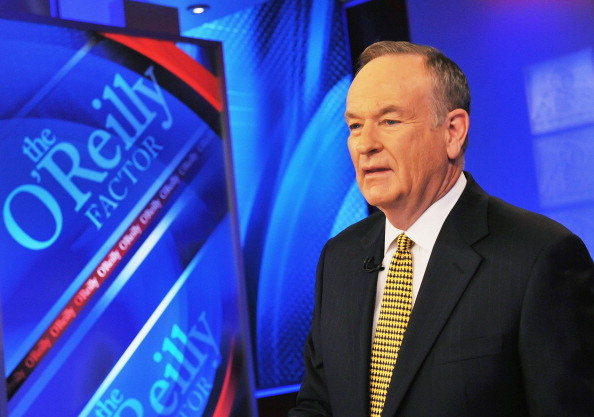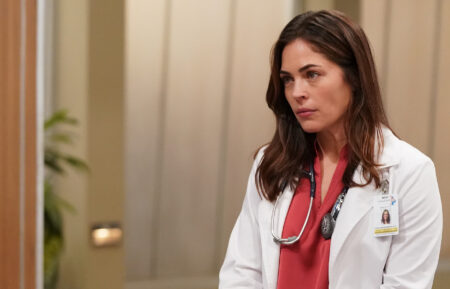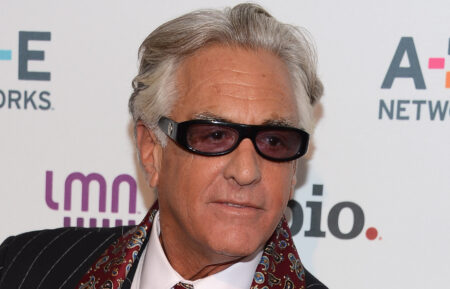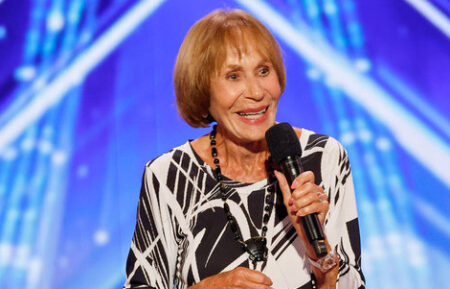The Platinum Age of Television: Columnist David Bianculli on His Love Affair with Small Screen
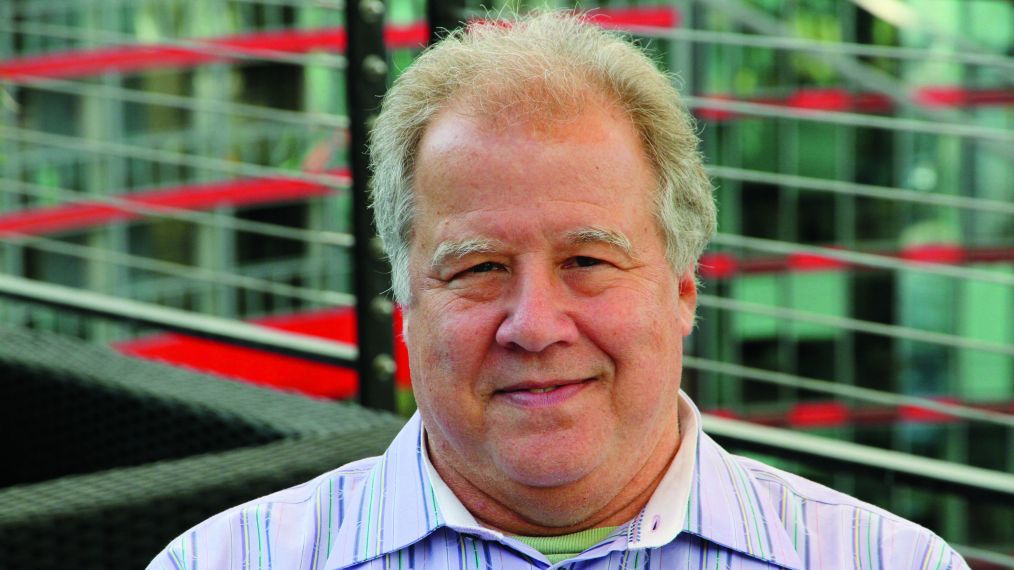
Column
TV critic and radio personality David Bianculli is joining TV Guide Magazine as a regular columnist and commentator. Here, he details what readers can expect in upcoming issues and describes his four-decades-long love affair with television. Welcome, David.
How does AMC’s The Walking Dead manage to draw millions of viewers more than most weekly series on broadcast TV? How does CBS’s upcoming Young Sheldon, its spinoff prequel to The Big Bang Theory, compare to other spinoffs in TV history? And what do modern TV classics like HBO’s The Sopranos and AMC’s Breaking Bad owe to a 50-year-old episode of ABC’s The Fugitive?
Good questions. And they all have to do with good TV. This new column will identify and explore the best that television has to offer, present as well as past, and connect the dots between the TV of yesterday and today.
I’ll be reflecting on certain TV milestones—the 70th anniversary of television’s longest-running program, NBC’s Meet the Press, for example, and another news-division giant sequoia, CBS’s 60 Minutes, which will turn 50 next year and still ranks regularly among TV’s Top 20. Other golden anniversaries arriving within a year, and worth comparing to their modern counterparts, include the local Ohio launch of The Phil Donahue Show in 1967 and the national launch of public TV’s Mister Rogers’ Neighborhood in 1968.
I’ll also interview some of TV’s tenured and current pioneers to learn not only how they make the great television they do, but why. And I’ll always be on the prowl for exceptional writing and directing and performing.
Case in point: The current final season of BBC America’s Orphan Black showcases the chameleonic acting of its star, Tatiana Maslany, who plays a handful of very different roles in the same one-hour episode. I’ll look at what makes her performances so varied and extraordinary and compare them to other multiple-role showcases in TV history—from Ewan McGregor on the latest season of FX’s Fargo all the way back to Patty Duke, who played look-alike cousins on The Patty Duke Show in the ’60s.
The history of TV appeals to me a great deal—but so does its present and its future. I’m excited by both the quantity and quality of the television available to watch these days and well aware of how different, and sometimes daunting, it is.
Television used to be simpler. In the mid-’70s, there were only three commercial broadcast networks: CBS, NBC, and ABC. Public TV, newly reorganized as PBS, was only a few years old. Most TV markets had a few local stations broadcasting original programming and syndicated fare. And transmission via satellite was brand new, with a fledgling HBO and Ted Turner’s Atlanta “superstation” among the only offerings relayed via cable TV and backyard dishes.
Back then, I turned to TV Guide Magazine to learn about my programming options, make my choices and gain new insights about television’s creators, stars and content.
Today, there are scores of networks offering TV programming in unprecedented quantities, with more than 400 scripted shows generated in 2016 alone. Sites such as Netflix and Amazon now stream more TV series and specials annually than their broadcast-network counterparts, and often of comparable or superior quality.
TV Guide Magazine published its first national edition in 1953, smack in the middle of the creative big bang now known as the Golden Age of Television. The cover subject of that first issue was the newborn son of Lucille Ball and Desi Arnaz, the stars of TV’s most popular show at the time, CBS’s I Love Lucy.
That same year Desi Arnaz Jr. and TV Guide Magazine were born, so was I, part of the first generation to grow up with television.
I’ve now been a TV critic for more than 40 years. My most recent book declares today’s TV an even bigger bang, while linking TV’s past to its present not only in its content but in its title: The Platinum Age of Television: From ‘I Love Lucy’ to ‘The Walking Dead,’ How TV Became Terrific.
So there’s Lucy again.
I teach TV history and appreciation as a full-time professor at Rowan University and serve as TV critic for NPR’s Fresh Air with Terry Gross. I founded, and still run, a website called TV Worth Watching, devoted to identifying and exploring the best that television has to offer.
My TV-critic aspirations were sparked, in large part, by devouring the insightful, entertaining and very opinionated weekly reviews by Cleveland Amory, who started as this magazine’s television critic in 1963 (just about the time I started reading him).
So there’s TV Guide Magazine again.
By the time Amory retired as a TV critic in 1976, I already was one myself, for Florida’s Gainesville Sun, at the start of my career. As I start writing for TV Guide Magazine, I’m sort of going full circle. I’m back where I started, and I hope you’ll come along for, and enjoy, the ride.

